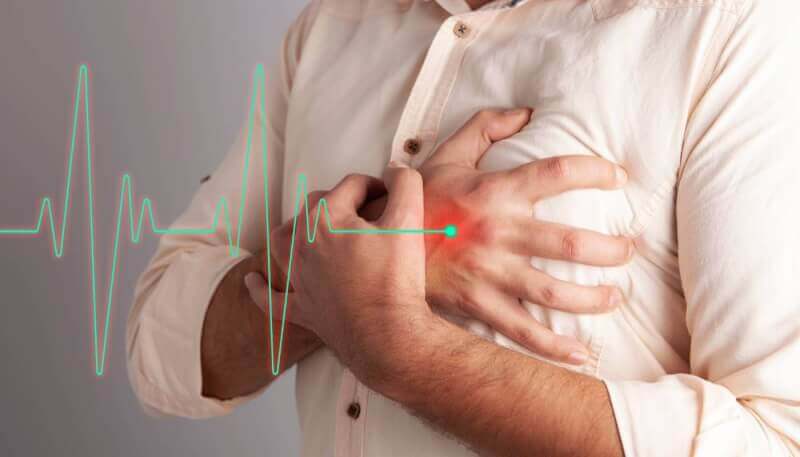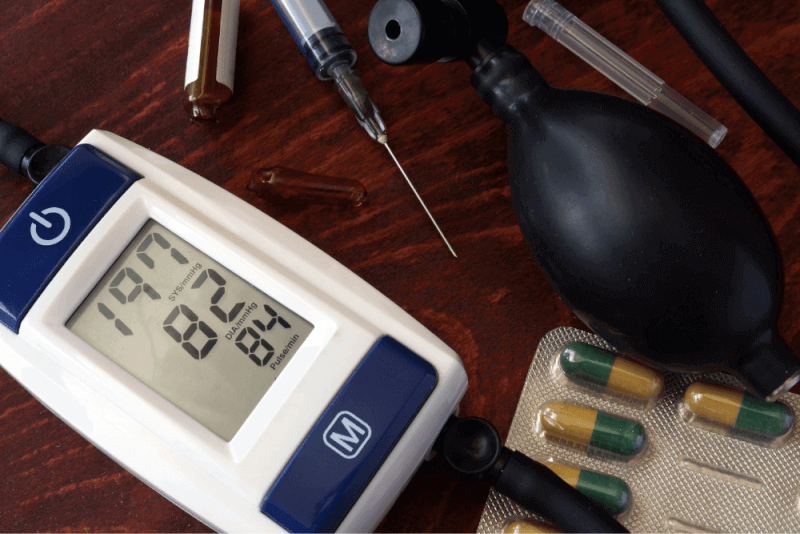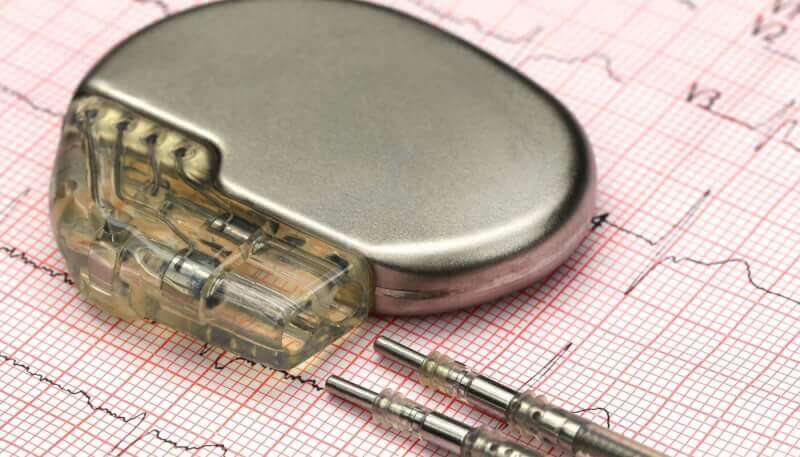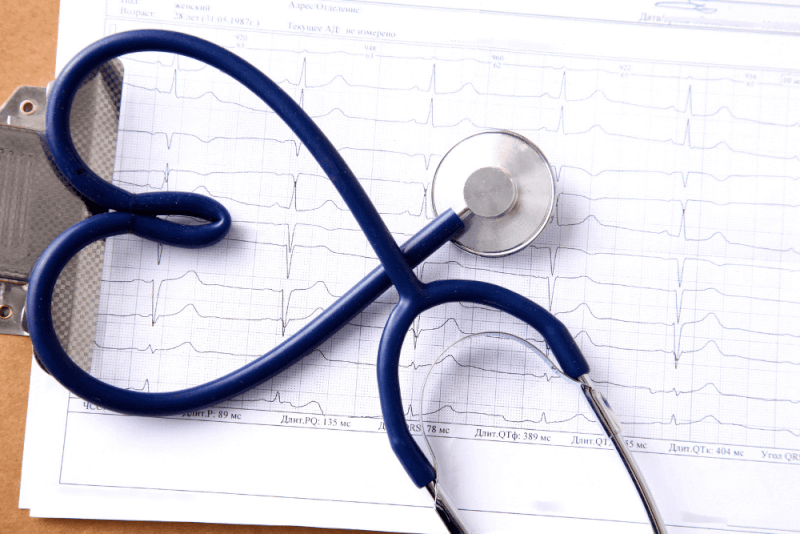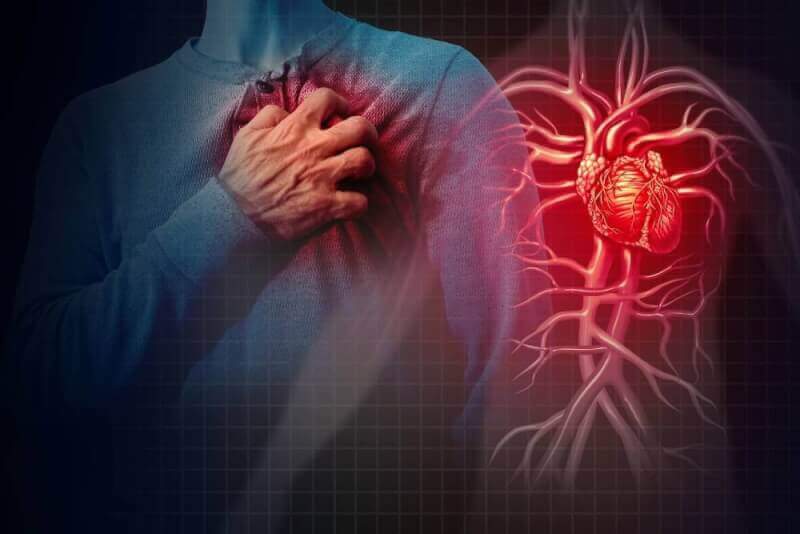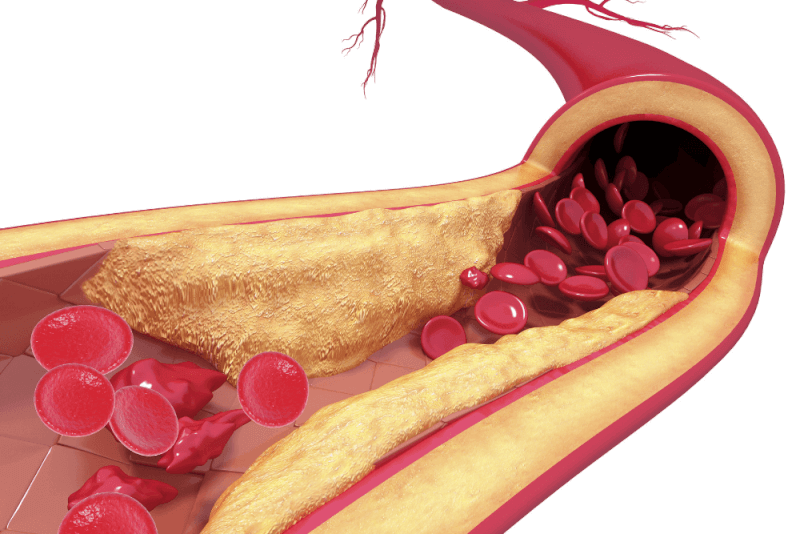Cardiology is the branch of science that deals with all the problems of the heart and circulatory system in the human body and provides diagnosis, diagnosis and treatment methods. In the medical world, cardiology served as a department of internal medicine in the very early days, but later on it has reached a much more important position and has become a separate branch.
In the Cardiology department, heart diseases are generally dealt with by focusing on many different problems and it is aimed to improve patients with medication and other treatment methods rather than surgical methods. In this way, it is aimed to eliminate cardiovascular problems in a way to keep the patient’s quality of life at a regular level. Specialized doctors who provide services in this field of science are called cardiologists.
In Which Diseases Does Cardiology Diagnose and Treat?
Although there are many different diseases that the cardiology department deals with, all of these diseases are related to the cardiovascular system. The heart, one of the most important organs and muscles of the body, pumps blood throughout the body and ensures that the blood used in the body is taken back, cleaned and returned to the body. However, certain factors can affect the proper functioning of the heart and cause vascular distress, and these distresses include many different types of diseases. A review of heart diseases with different varieties;
- Hypertension
- Diseases of the aorta and arteries/veins
- Heart rhythm problems
- Coronary artery disease
- Heart valve diseases
- Peripheral vascular disorders
- Heart failure
- Disorders of lipid or fat metabolism
- Pulmonary failure
- Cardiac tumors
- Cardiomyopathy
- Acute coronary syndrome
- There are disorders such as atherosclerosis.
In fact, there are many different types of heart disease, but each of these types of disease has a different cause, a different diagnostic method and a different treatment method. Depending on the type of disease, the cardiology department first listens to the patient’s complaint, then performs a physical examination, followed by blood tests and imaging tests. These tests include measurements of blood levels, enzyme levels and hormone levels, as well as electrocardiogram (ECG), Holter ECG, ECO, angiography, stress test and scintigraphy. After tests and imaging procedures are performed with the use of the methods specified in cardiology, methods such as drug treatments, dietary treatments, controlled follow-ups are preferred depending on the type of disease.
Factors such as high weight, diabetes, low exercise, high blood cholesterol levels, excessive smoking, excessive alcohol consumption, depression, stress and high blood pressure are generally negative factors in heart disease. In heart diseases, although each disease presents its own symptoms, weight loss, urinary problems, chest pains, fainting or breathing difficulties can actually occur in this type of disease.












